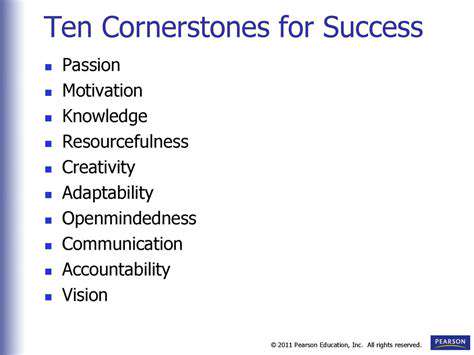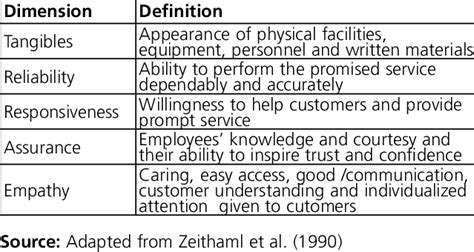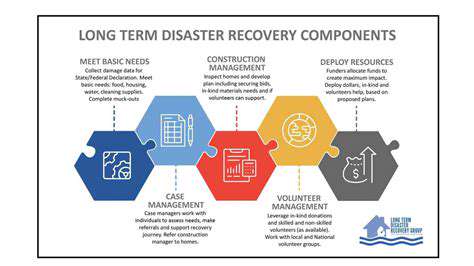Training for Dog Walking Etiquette: No Pulling, No Lunging
Before hitting the sidewalk, ensure your dog responds reliably to fundamental commands. Consistent practice with sit, stay, come, and leave it creates the bedrock for enjoyable walks. These skills enhance control while strengthening your bond. Practice in various settings to ensure your dog responds correctly despite distractions. Starting in controlled environments builds confidence for both of you.
These basic commands serve as essential tools for safe outings. They prevent leash pulling, squirrel chasing, and other unwanted behaviors. More importantly, they establish clear communication between you and your canine companion.
Managing Leash Pulling: A Key to Success
Leash pulling frustrates many dog owners. The solution lies in understanding why your dog pulls rather than simply correcting the behavior. Excitement, curiosity, or pent-up energy often drive this behavior. Gentle redirection works better than harsh corrections. Use positive reinforcement to encourage loose-leash walking.
Consistency proves vital. Reward calm walking immediately. If pulling occurs, stop moving and redirect attention using commands like heel. The right leash and collar combination makes this process easier for both of you.
Navigating Different Environments: Dealing with Distractions
Dogs encounter countless distractions during walks. Training focus amidst stimulation requires gradual exposure and patience. Start in quiet areas before progressing to busier locations. Use commands like watch me to regain attention when distractions arise. Always reward focused behavior to reinforce your expectations.
Vary your practice locations systematically. Introduce new distractions slowly while maintaining high reward rates for good behavior. Remember that mastery develops over time through consistent practice.
Rewarding Good Behavior: Positive Reinforcement
Positive reinforcement transforms dog training. Timely rewards for desired behaviors create lasting change more effectively than punishment ever could. Whether using treats, praise, or play, ensure rewards immediately follow good behavior. This approach makes learning enjoyable for your dog while deepening your connection.
Tailor rewards to your dog's preferences. Some work tirelessly for kibble while others prefer toys or affection. Observe what motivates your dog most and use it strategically during training sessions.
Addressing Pulling: The Root of the Problem
Understanding the Underlying Causes
Pulling stems from various factors including inadequate training, insufficient socialization, or breed tendencies. Sometimes excitement or anticipation drives the behavior rather than disobedience. Careful observation helps identify specific triggers during walks. In some cases, underlying medical issues cause discomfort that manifests as pulling. A veterinary checkup can rule out physical causes before beginning behavioral modification.
Effective Training Strategies
Positive reinforcement techniques yield the best results for leash manners. Rewarding calm walking creates positive associations that punishment cannot match. Front-clip harnesses often help redirect a dog's momentum when they pull. Combine equipment with consistent training for optimal results.
Desensitization techniques work wonders for dogs reacting to specific stimuli. Gradually expose your dog to triggers while pairing the experience with rewards. For persistent issues, consider consulting a professional trainer who can tailor solutions to your dog's unique needs.
Building a Strong Foundation: Leash Manners Training
Essential Leash Skills for a Smooth Walk
Polite leash walking begins with basic skills practiced in low-distraction environments. Start with short sessions focusing on attention and loose-leash walking. Use high-value rewards to mark and reinforce desired behaviors. Gradually increase difficulty as your dog demonstrates readiness.
Importance of Consistency and Patience in Training
Successful leash training requires unwavering consistency. Dogs thrive on predictable routines and clear expectations. Maintain the same rules and commands across all family members. Celebrate small victories while understanding that setbacks represent normal learning curves. The time invested pays dividends in enjoyable walks for years to come.
Patience and Positive Reinforcement: The Cornerstones of Success

Understanding Patience in Training
Effective training requires accepting each dog's individual learning pace. Rushing the process often creates frustration for both handler and dog. Observe your dog's responses carefully to determine when to push forward and when to review fundamentals.
The Power of Positive Reinforcement
Reward-based training builds willingness and enthusiasm. Timing proves crucial - deliver rewards within seconds of desired behaviors. Vary rewards to maintain your dog's interest and motivation throughout the training process.
Implementing a Consistent Routine
Regular, short training sessions outperform occasional marathon sessions. Consistency in expectations and rewards builds reliable behaviors faster than intermittent training. Incorporate training into daily routines for maximum effectiveness.








